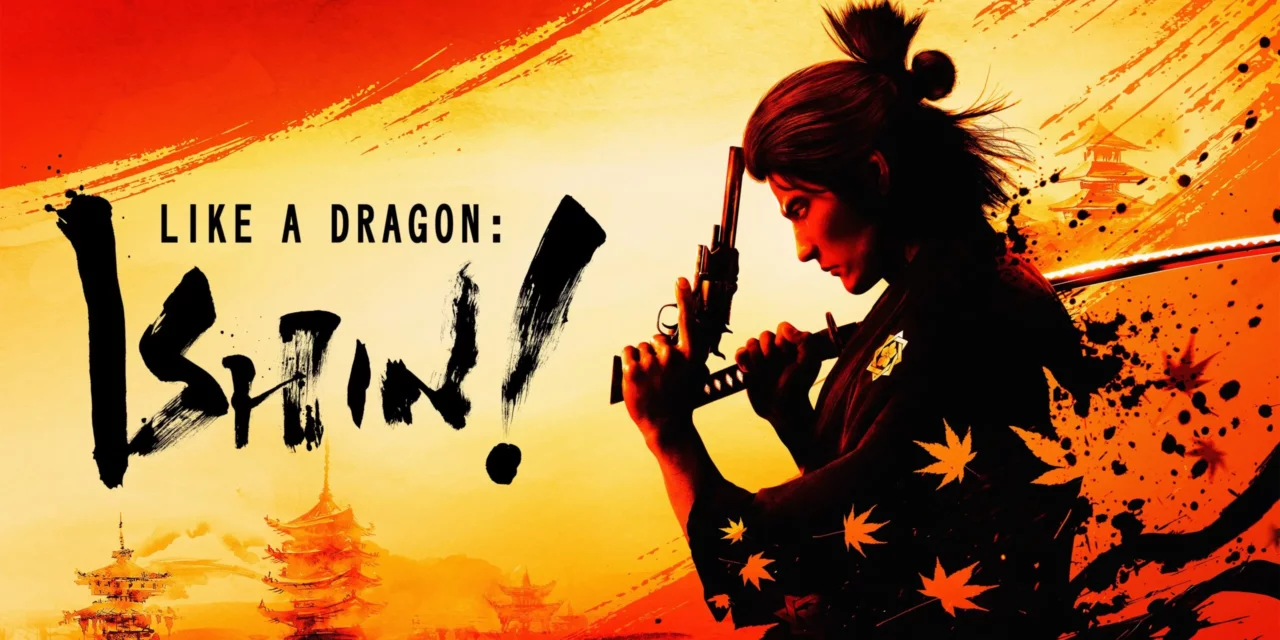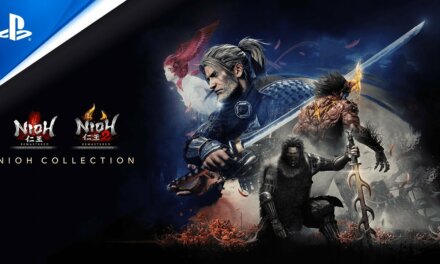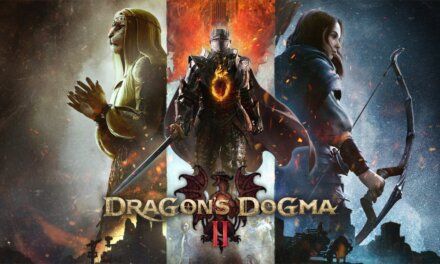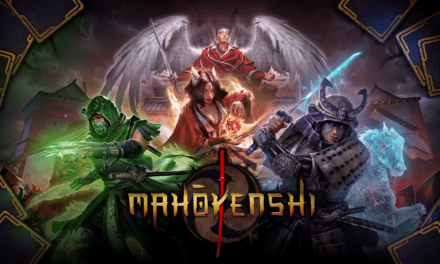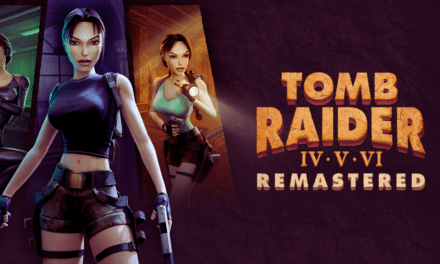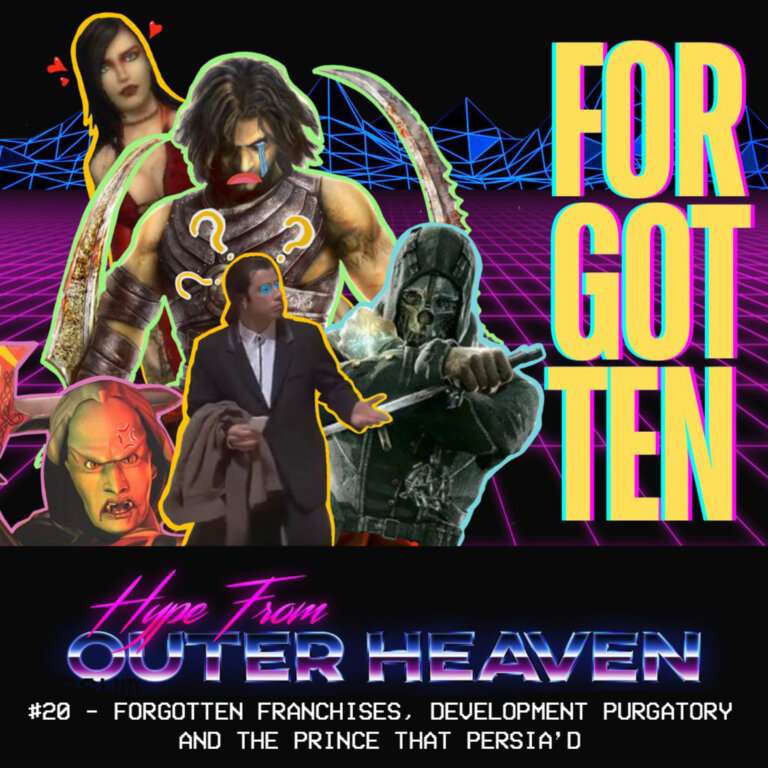A sensational samurai story to rival the best…
It’s been nearly a decade of waiting for most, but at long last, the day has finally come. Like a Dragon Ishin (previously Ryū ga Gotoku Ishin!) has strategically hacked and slashed it’s way to the West – samurai style. Ishin! was originally released in Japan way back in 2014 for PlayStation 3 & 4, and dare I say, long before my relatively new found love for the Yakuza/Like a Dragon series – a series for me that started with Zero, 5, 6 and then Yakuza: Like a Dragon. (I promise i’ll go back and play the others).
Like a Dragon: Ishin! is a spinoff game set in 1860’s Edo Period Japan and centres on Kyo, then Japan’s capital city, and Tosa, a significant feudal domain and castle town in eastern Japan. The important districts of Kyo are the Fushimi hospitality district, Gion, Rakunai, Rakugai, and Mukurogai. The majority of the game takes place in Kyo, home to the Shinsengumi, a notorious police force set up by the Bakufu.
The first major thing of note (and a genuine surprise to me) is that if you’ve been a fan of the the Yakuza series for a while, you’ll immediately recognise several of the series notable characters like Nagakura Shinpachi (Taiga Saejima), Todo Heisuke (Tianyou Zhao), Okita Soji (the “Mad Dog of Shimano” Goro Majima), and so many others. Their Ishin counterparts retain the same personality so it’s not simply their voices and appearances that are back.
You however, don the Haori and metaphorical cape of none other than Sakamoto Ryoma (Kazuma Kiryu), a samurai turned ronin who finds himself accused of his adoptive father / mentor’s murder, having to escape to Kyo as a wanted man, and join the Shinsengumi using the alias (Saito Hajime) in order to track down and bring the assassin to justice.
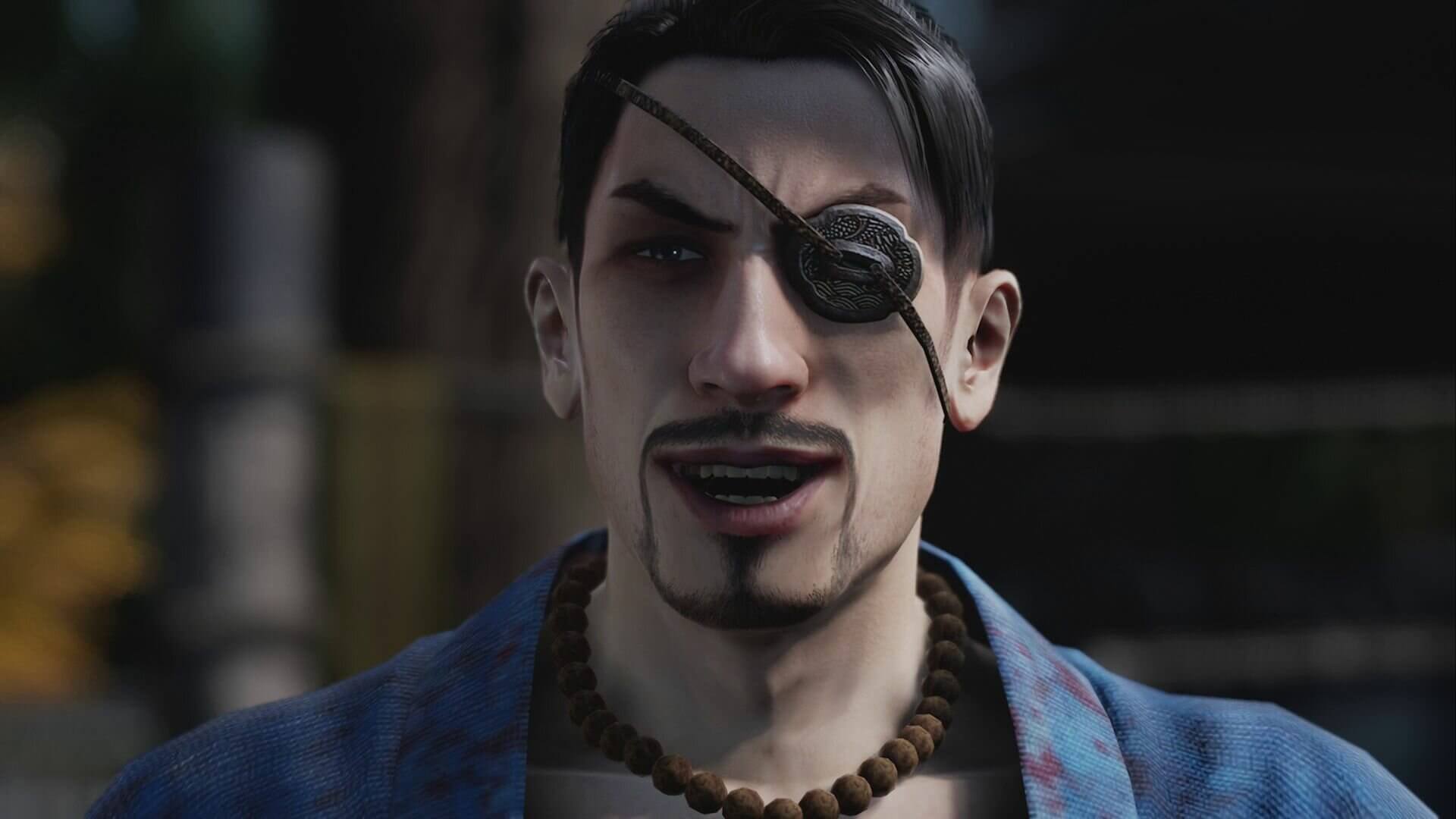
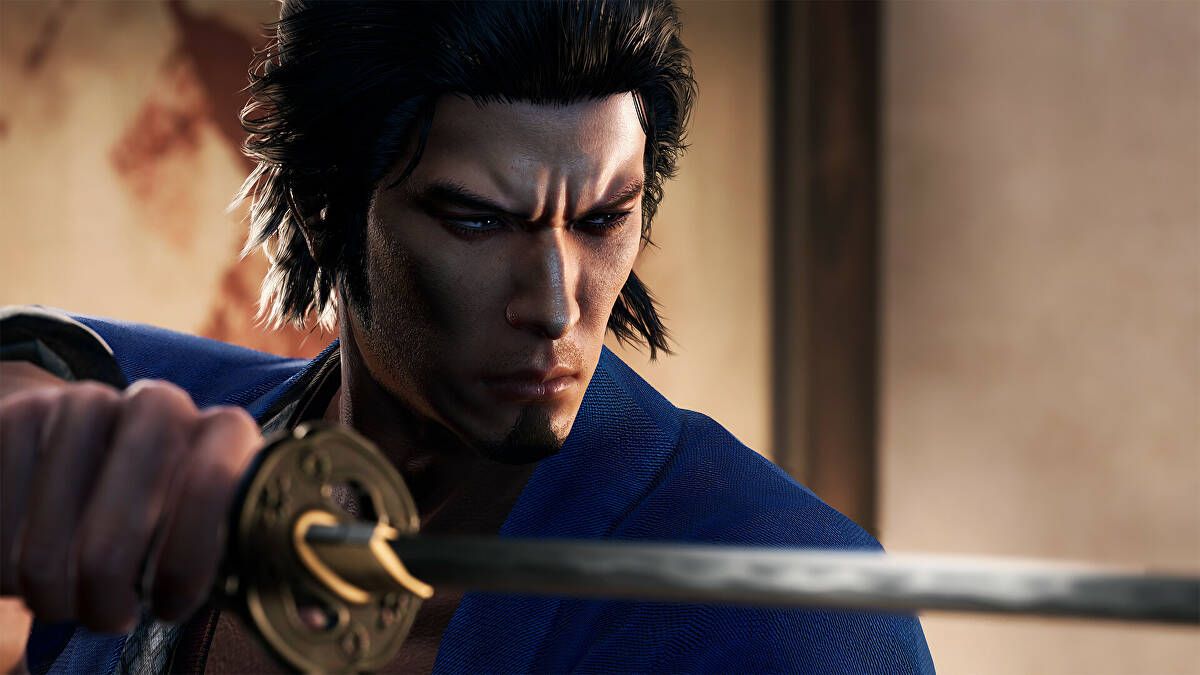
As a master samurai in the making, Ryoma finds himself with four very different styles of combat. Some harder to master than others, and some a lot more fun (in my opinion) than others. Every combat scenario is situational and you can pay a hefty price if you invest heavily in one combat style over the the others, especially if you encounter an enemy that can beast your favourite style.
The Swordsman is a katana-based combat style for higher damage that excellent for fighting enemies one on one in a more traditional sense and allowing for well times parrying. This mainly for slower, more precise striking and from experience can be bad against multiple enemies.
The Gunman is a revolver-based combat style that allows for potentially high powered ranged attacks, with special attacks that use specific types of ammo (fire, explosive rounds etc.) It’s main downfall is that it offers minimal defensive capabilities and some enemies take bullets like a sponge soaking up spilled Sake. I personally found this style to be boring and repetitive, but that’s not to say it didn’t come in handy on occasion and often saved my bacon.
The Wild Dancer is exactly as it sounds. It’s style is mixture swordsman and gunman, matched the fluidity rhythm of dance? A extremely quick and agile combat style that allows for massive combos but difficult to master as you have no ability to block/parry, but can essentially dancing (dodge) away from incoming attacks. It can be quite challenging to master, but for me was by far the most satisfying combat style that Ishin! has to offer.
The Brawler is an unarmed melee style that is particularly good at fighting groups of enemies up close and personal. It’s main focus is speed and allows for the player to hammer enemies with anything they find lying around on the floor. One of its downsides is that if not utilised properly, it and be less damaging than other styles and can be difficult to perform those well timed blocks. It’s like bringing fists to a sword fight. Environmental weapons are not quite as prevalent in the game areas as they are in the mainline series (you cant just find the closest bicycle and bash your enemies heads in) and the unarmed skills are not nearly as extensive.
Every fighting style has a unique sphere grid, where the filled-in sphere slots correspond to skills and stat improvements. There are two different kinds of spheres: coloured spheres, which can only be utilised to enhance the powers of that style, are obtained by engaging in combat in that style. White spheres, on the other hand, can be used in any manner and are acquired anytime the player’s overall level increases. In order to use an existing white sphere in a different way, coloured spheres can also be used in place of it. Many of the sphere slots are blocked by seals at the start of the game. They must be broken using certain manoeuvres that can only be mastered via practise or with the aid of the aforementioned revelation materials.
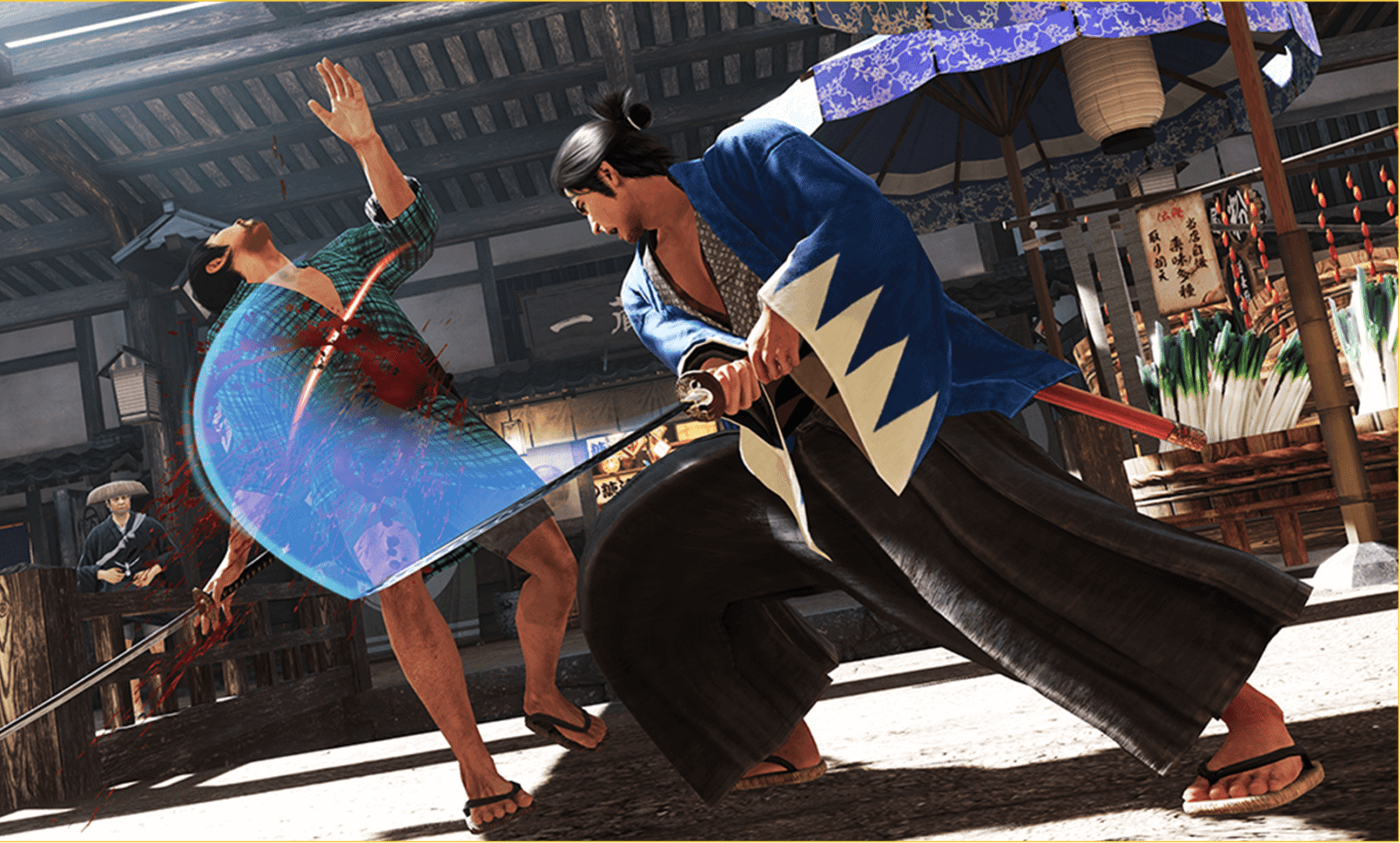
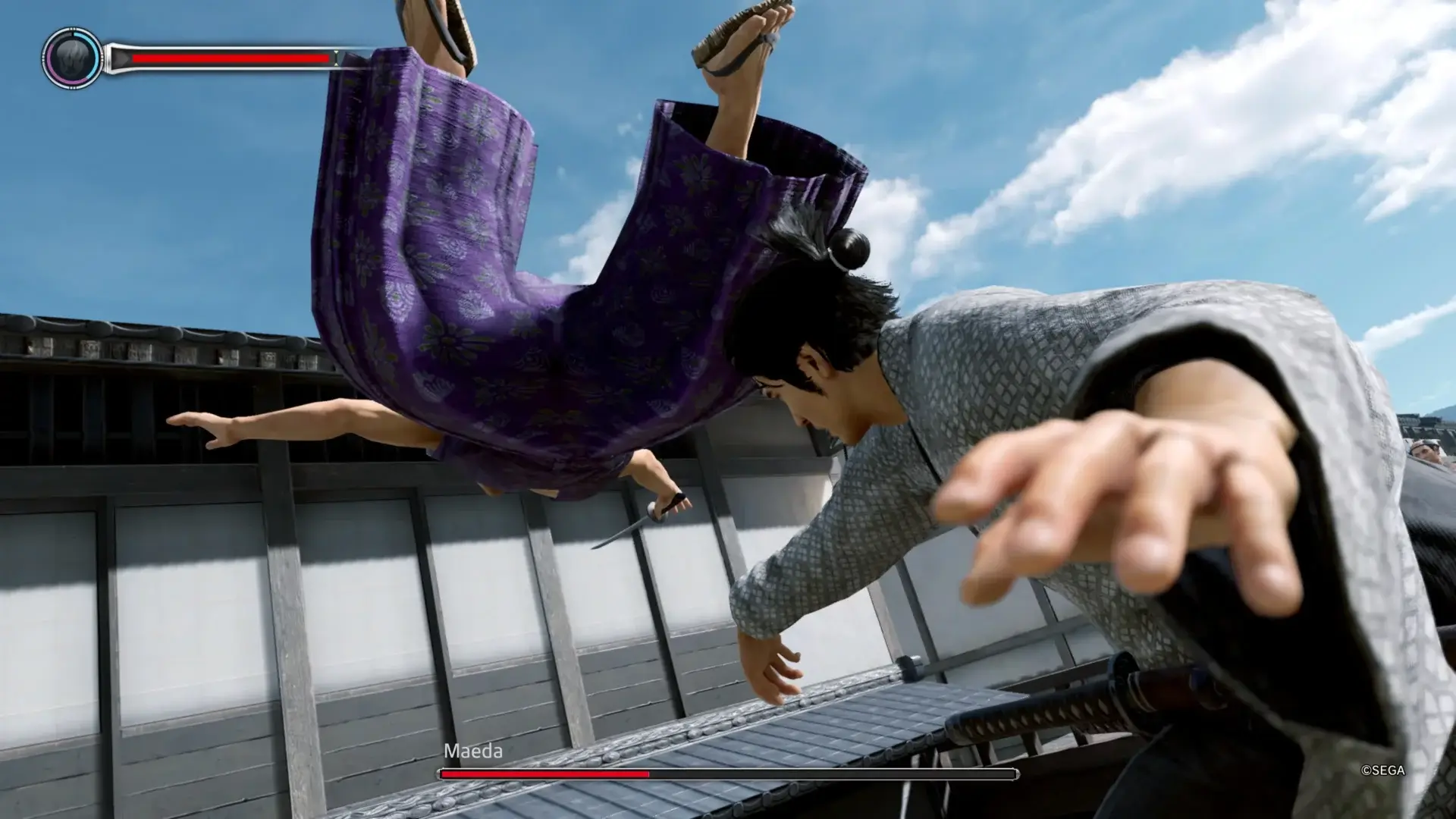
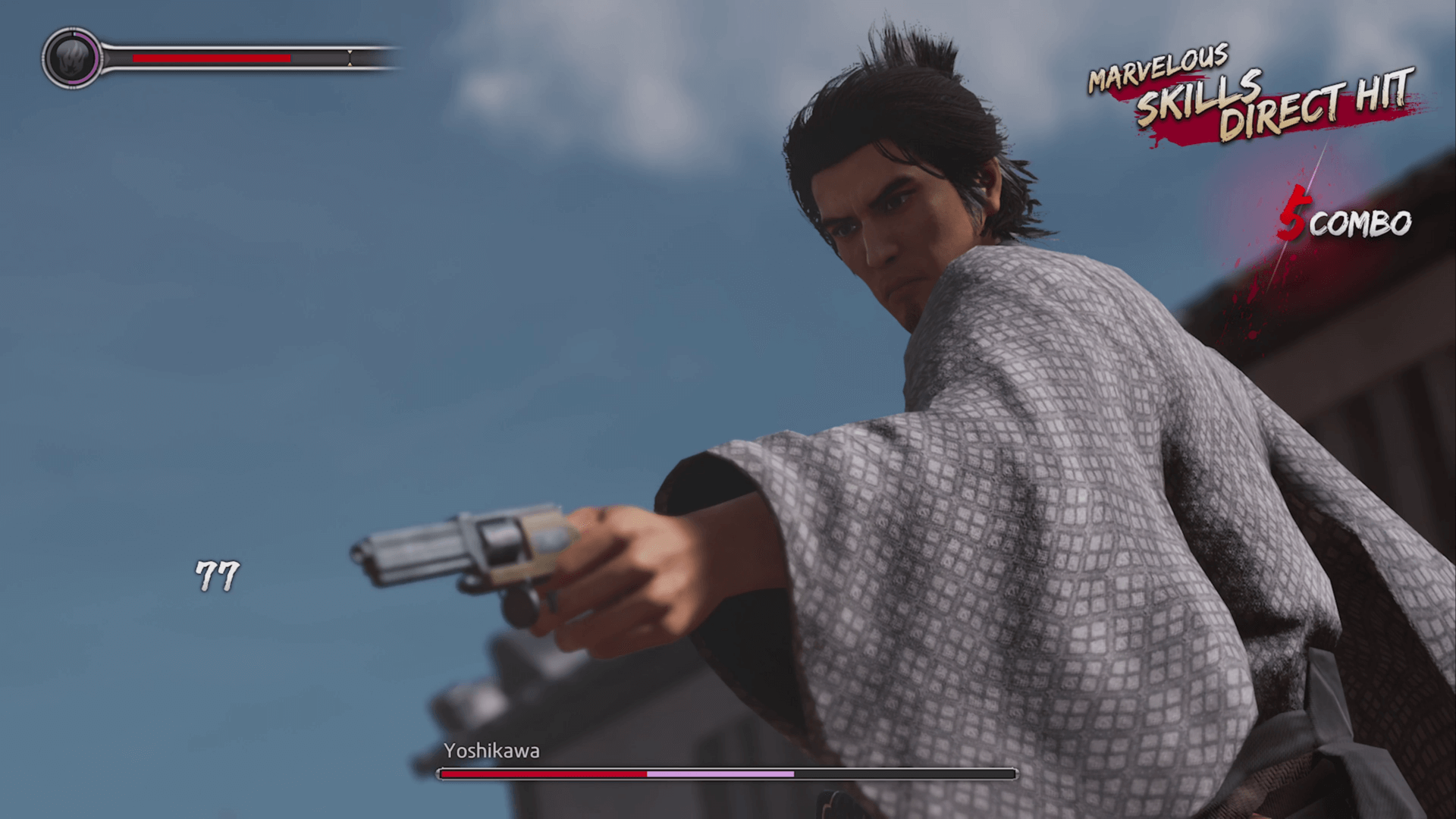
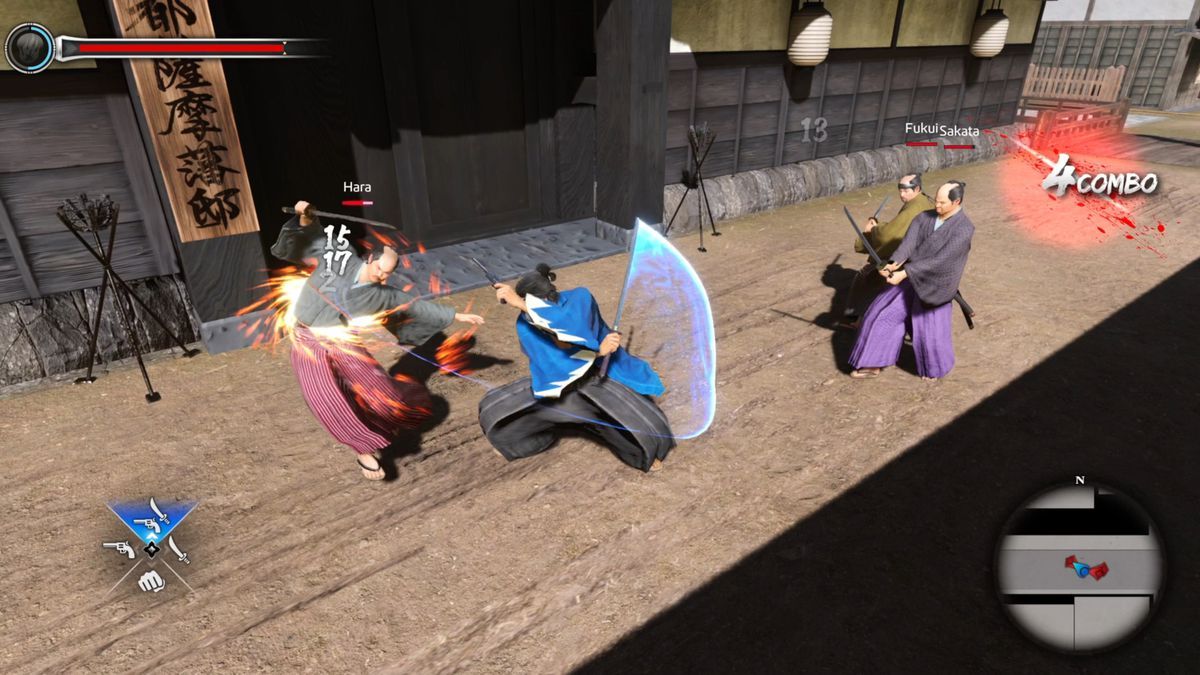
It wouldn’t be Like a Dragon without an insane amount of mini-games. The main mini-game featured is called Another Life, where Ryoma takes on the role of guardian of a young child called Haruka. Her parents have sadly passed away and left a 100 Ryo debt behind. The landlord claims he will sell the family home to pay off the debt and naturally, this upsets Haruka. As she is only a child, a Shinto priest begs the landlord to allow Haruka time to pay off the loan, but the man is unmoved. The priest now asks Ryoma for assistance as he passes by. Ryoma take it upon himself to assist, but requests that he be allowed to settle in the home and live alongside Haruka. Haruka is elated and accepts Ryoma’s condition. How on earth is Ryoma to pay off this substantial debt? Well, the house comes equipped with farming space to grow crops, a dilapidated kitchen to turn those crops into delicious meals and an area to accept trading / meal requests.
Farming: Ryoma can use the farming shed / farming implements to sow crops that grow over a short amount of time. Virtue points can be used to upgrade the garden plot, its scarecrow, and the veggies that will be planted there for a greater harvest production. These vegetables can be sold, used in recipes, given as rewards for friendship missions, or used by Haruka to pawn for Ryo.
Cooking: Ryoma is capable of preparing meals in the kitchen. They range in difficulty and call for various kinds of fish and vegetables. The player must do a number of actions in the culinary minigame, including chopping vegetables, turning on the oven, grilling fish, and adding the proper quantity of sauce to the pan. When a meal is prepared well, Haruka will giggle after tasting a sample and provide the player with a “high grade” supper. If not, the player will be served a typical meal. Along with just refilling player health, these meals can provide a variety of advantages, with higher-quality meals having more favourable impacts.
Trade Market: The house’s cabinet can be interacted with in order to open the menu for selling. Selling produce, seafood, meals, or other products is one way to raise cash to cover Haruka’s debt. After the player enters the garden after making a specific amount of money through peddling, a postman will knock on the door bearing a letter from the debt collector. Five instalments of 20 Ryo each are required to pay off the loan.
Fishing: The fishing mini game from Yakuza 5 can hardly be distinguished from this one. The player chooses a position close to the fish silhouette and then casts off by pressing the relevant QTE button – wait until the red portion of the bobber is partially submerged and then press the relevant button once again if the fish bites.
In the Virtue temples, better fishing rods can be exchanged for Virtue points.
There are plenty of other mini-games outside of Another Life some of which include; Chicken Racing: This minigame is the same as in Yakuza 5. The player bets on a chicken and presses various buttons in QTEs to encourage it to run faster. Gambling Den: Ishin features a gambling den where players can partake in Poker, Koi-Koi, Cho-Han (Odds and Evens), Ochio Kabu, and Cee-Lo. In addition to video games, you may play actual slot games online to get a chance of winning big prizes. Gamers who would also like to play online casino games may use this slot gacor hari ini gaming platform. Check out online casinos like mpo888 to enjoy an exciting casino experience from the comfort of your own home. Karaoke: Similar to the Karaoke side game in earlier Yakuza games, the player must press the appropriate button at the appropriate moment to receive a score out of 100.
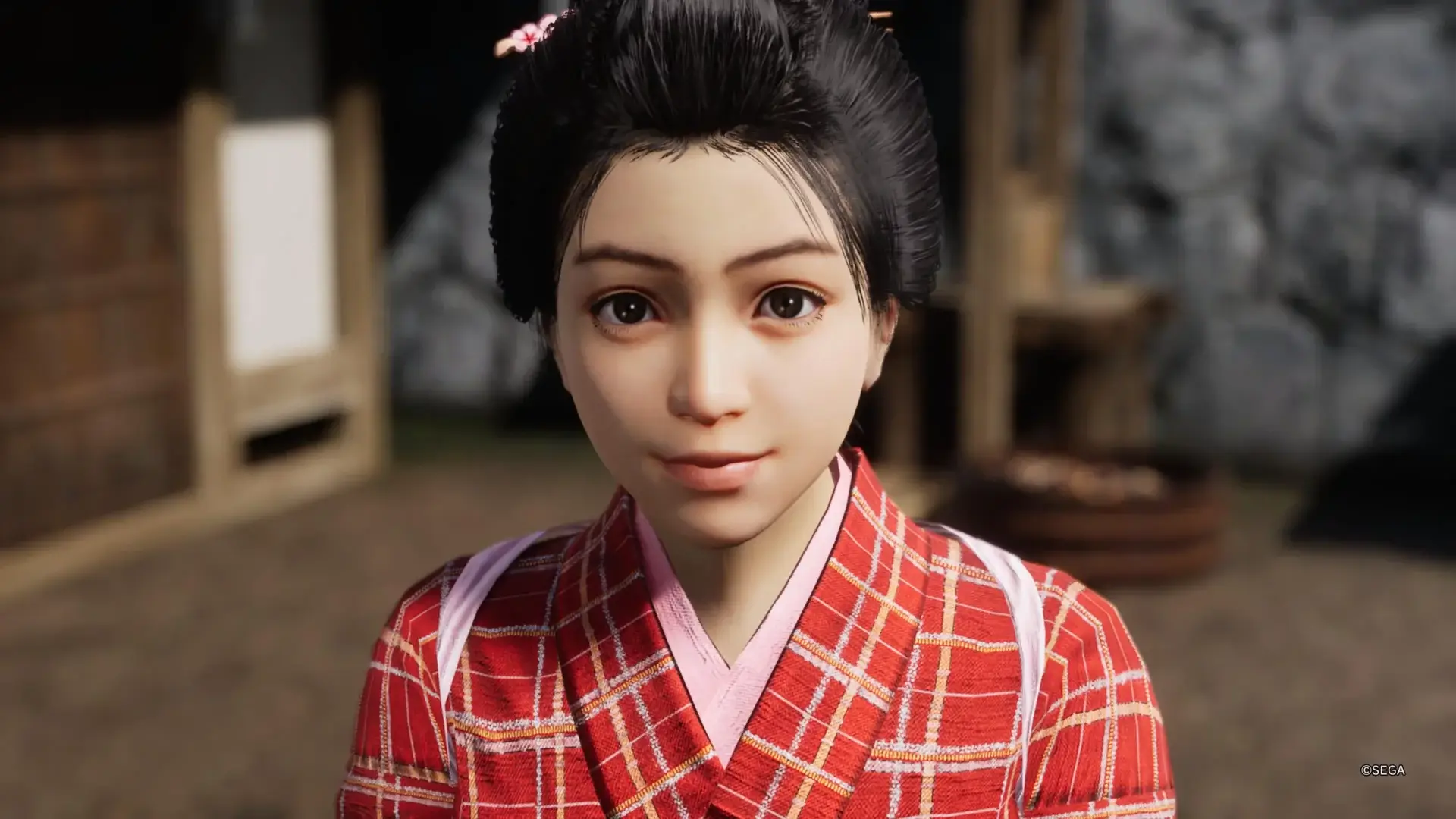
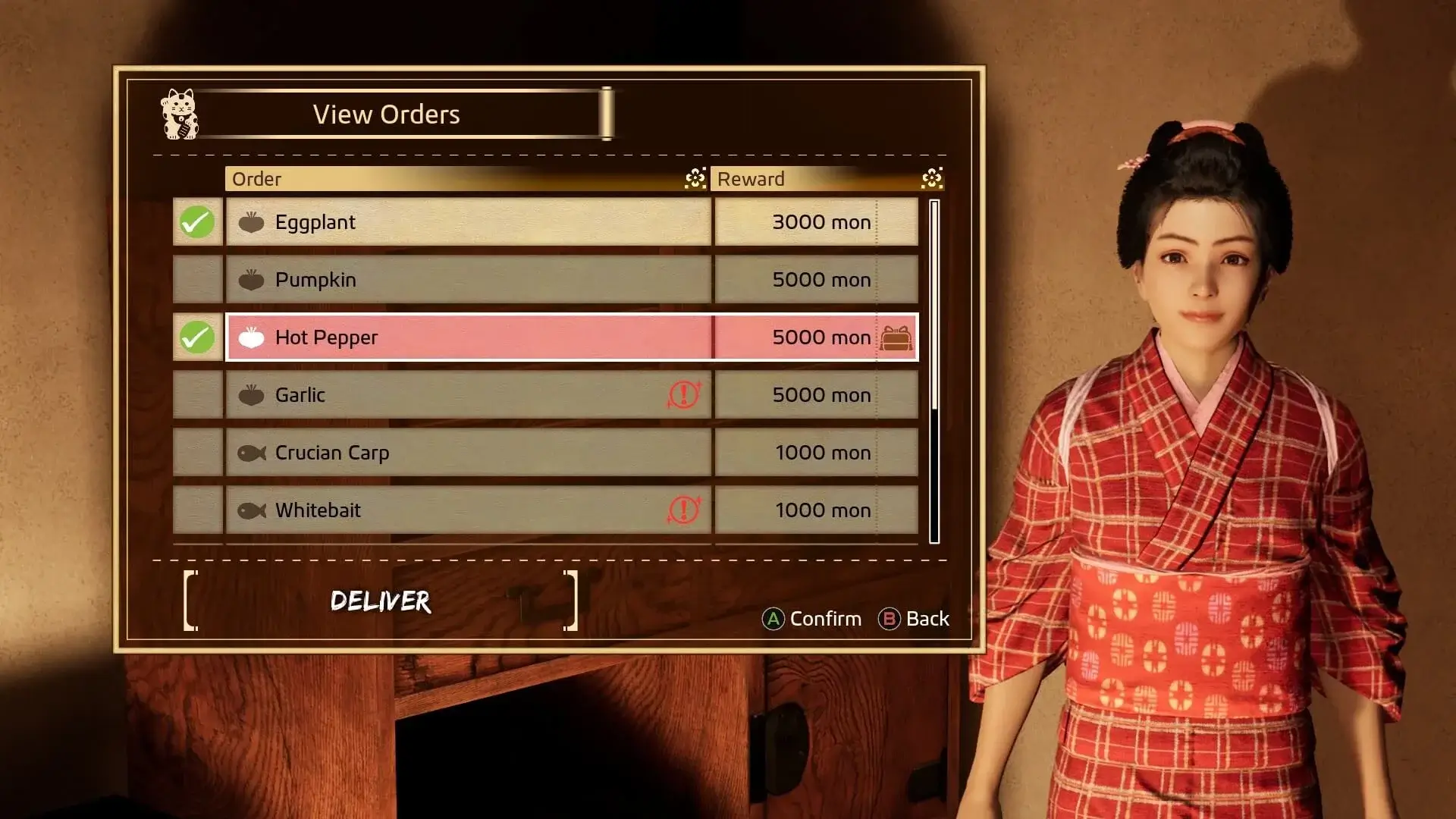
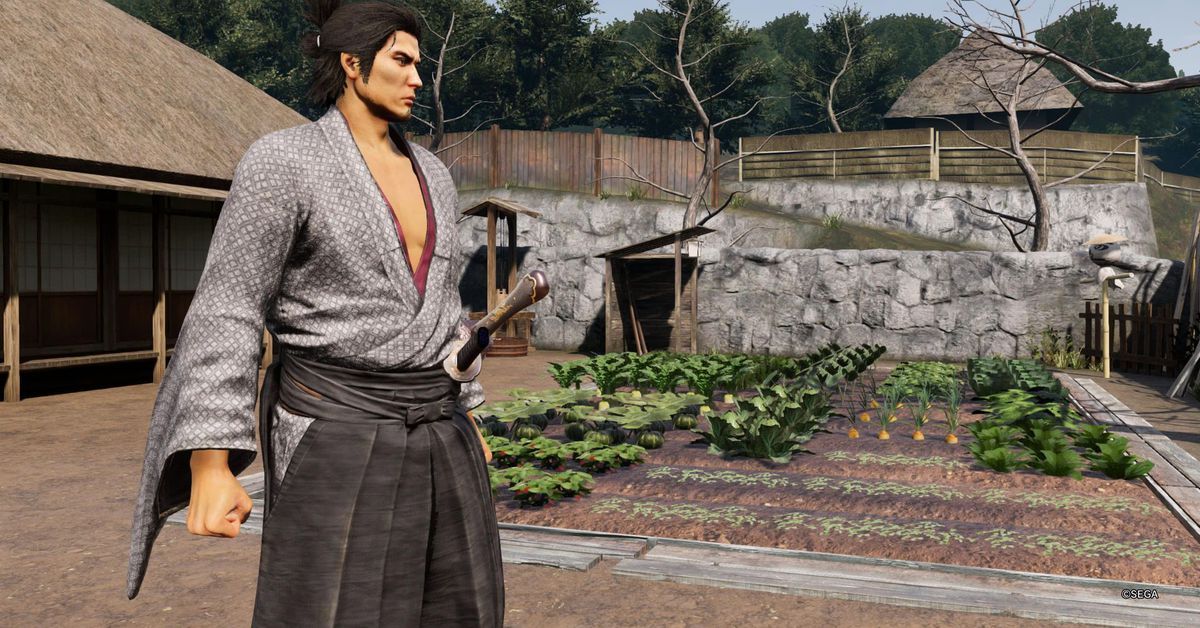
Much like the other games in the franchise, Ishin is chock-full of side content (sub-stories), much of it extremely funny, and a potentially well needed break from the serious plot. Traversing throughout the city will frequently result in Ryoma being accosted by people who require some form of assistance, whether it’s a local fisherman who is terrible at fishing and infact needs you to on his behalf, a stray-doggo that barks excessively until you feed him a bone or an elderly member of the local populace that needs Ryoma to do her daily shopping for her.
It’s not all fun and games though. Ryoma will frequently discover injustices that must be stopped, and they may even arise from mundane activities that usually end with a bit of a samurai scuffle. There are some more serious and heat warming side quests. Little gestures like supporting a young boy whose closest friend is leaving or keeping an elderly gentleman company after his son passed away are atypical of Ryoma. He truly cares about others and goes out of his way to be of assistance. Although some the substories don’t have much of a payout, offering only a few lines after considerable effort, many of them really do bring the world to life and contribute a lot to the experience. Ryoma establishes relationships/bonds with people that require frequent visits to raise/maintain them and form truly meaningful and lasting relationships.
One of my personal favourite sub-storys that had me howling was from Chapter 3 titled “The Mochi Mystery”, where Ryoma is requested to help determine which of the five criminals ate the quest givers mochi. You’re tasked to speak with each of the five men, listen to their version of events and make you’re accusations. It all ends well though, but I wont spoil that for you.
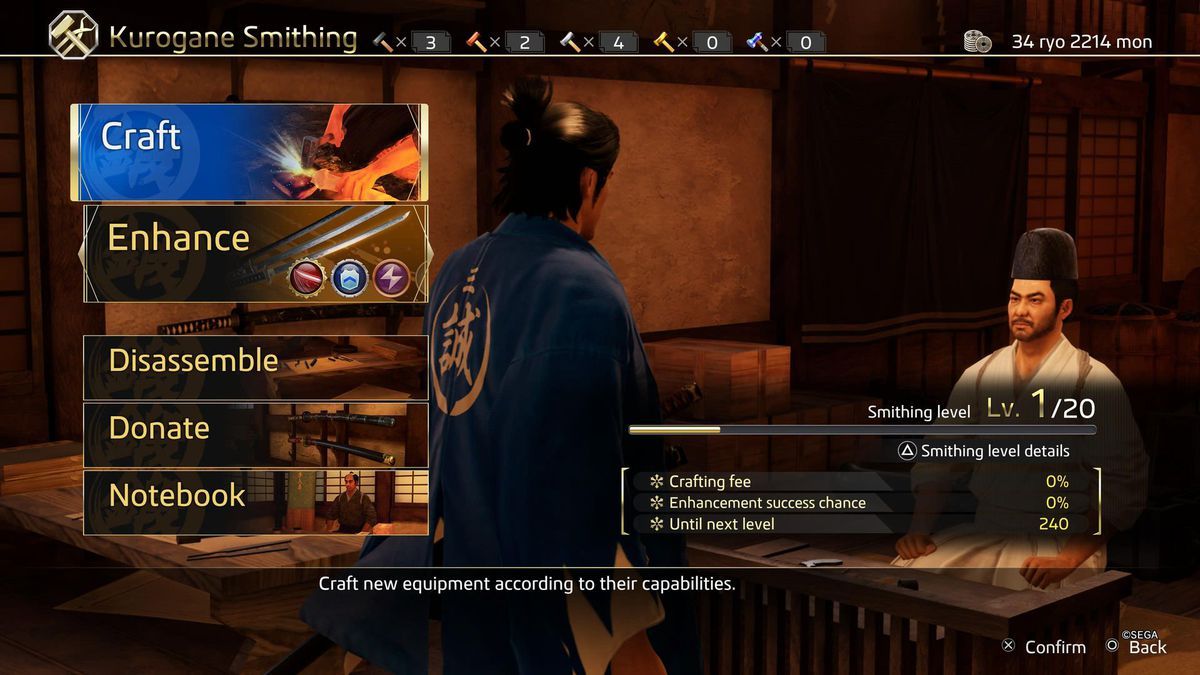
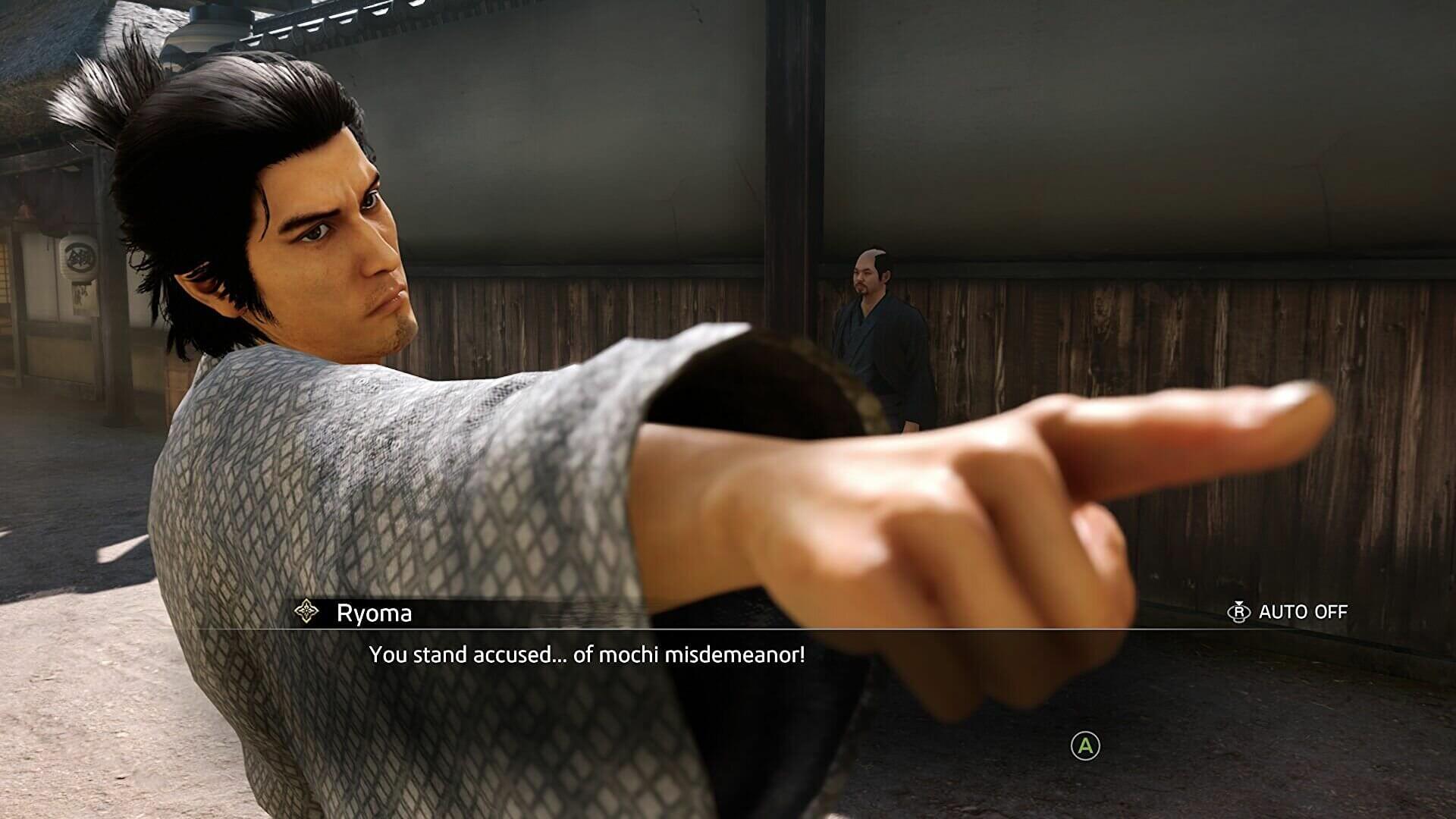
Like a Dragon: Ishin is available now on PS4, PS5, PC, Xbox Series X/S
Reviewed on: PlayStation 5
A review code was provided by SEGA. This review is featured on OpenCritic

